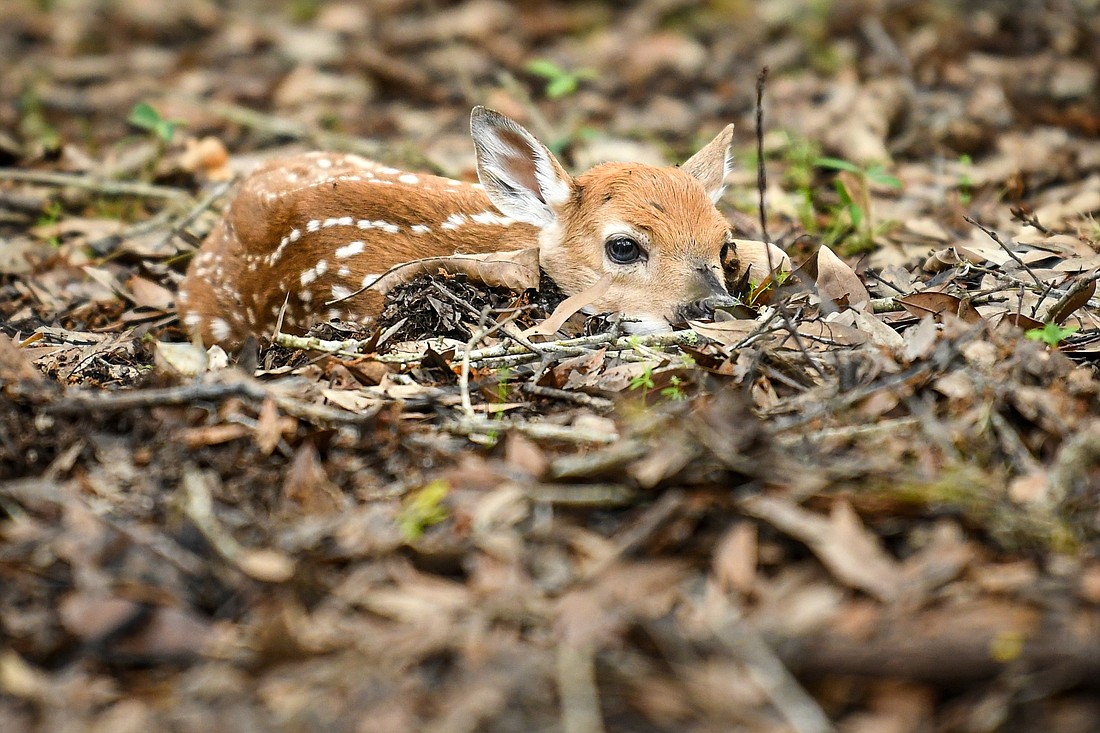- July 26, 2024
-
-
Loading

Loading

White-tailed deer are an integral part of Myakka's ecosystems.
But by the 1930s, unregulated hunting practically eliminated deer from Sarasota County. In fact, when Myakka River State Park was established in 1941, to protect the Myakka River valley from development, many species of wildlife, including deer, had been hunted to near extinction. To restore deer, Allen Crowley, one of the park's first managers, brought them from the Everglades and bred them in a 6-acre fenced area in the park. They were then introduced into the newly protected lands, where they now thrive.
Deer are herbivores, whose diet consists of leaves and tender tips of shrubs and vines, as well as many plants, acorns and mushrooms. As a prey species, popular with predators including humans, Florida panthers, bobcats and even American alligators, speed is a deer's primary defense.
When they sense danger, before bolting to safety, they hold their tail upright, exposing the white underside, for which they are named. This quietly alerts other deer nearby and might also signal to the predator that they've been spotted. The white flag of the doe's tail also helps her fawns follow her in dimly lit forests.
Fawns are able to stand, walk and even run shortly after birth. But because their legs are still weak, running from danger is not a viable option. As they have no scent, predators can't detect their presence unless they're seen.
Therefore, they spend most of their time hiding from predators in tall vegetation, aided by their spotted coat, which keeps them practically invisible. Other than quick visits for nursing, a doe will limit contact with its offspring to not attract predators.
So this spring, if you find a young fawn curled up in the woods or hiding in tall grass, leave it alone and quickly move away from the area. Its mother is likely near by, and a fawn’s best chances of survival are with her.
And when driving through wooded areas, be mindful of deer near the road that might be getting ready to cross with precious little ones likely close behind.
Friends of Myakka River exists to support Myakka River State Park and the Wild and Scenic Myakka River. Together, we're protecting and sharing Myakka's Magic to the benefit of future generations, and our own. Follow us at @FriendsOfMyakkaRiver.